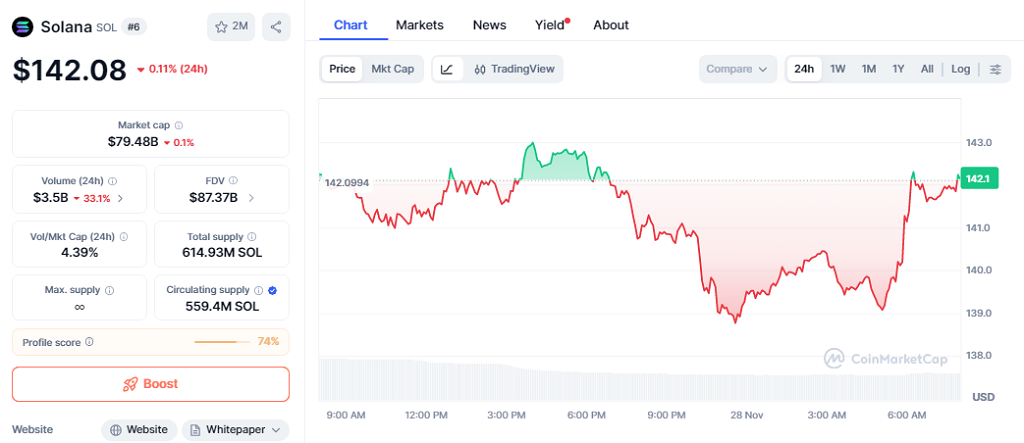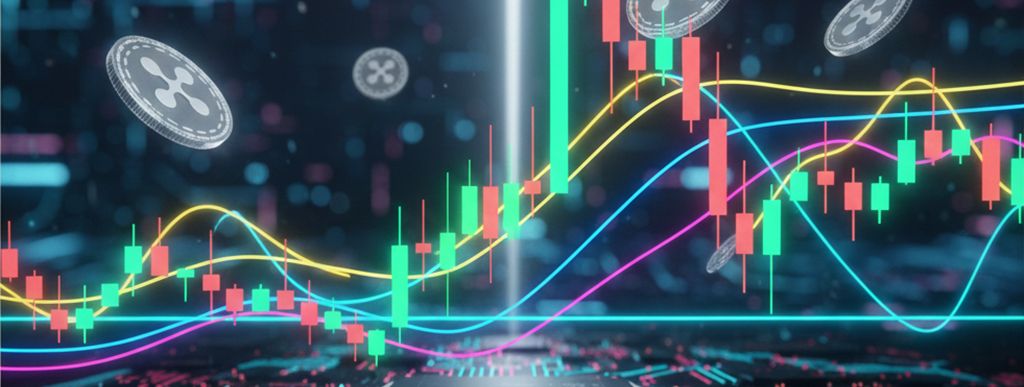- Vitalik Buterin confirms future increases in the Ethereum blockchain’s gas limit.
- The upcoming Fusaka upgrade will expand blob capacity and activate PeerDAS, improving L2 data availability and more.
Ethereum’s Vitalik Buterin stated that the blockchain network will undergo a 5x pump in gas limit as the team prepares for rapid scaling and optimisation. Over the past 12 months, the second-largest blockchain has already doubled its network capacity through a 60 million block gas limit. This is the second major announcement from Buterin, after the Ethereum Kohaku upgrade was revealed last week, as mentioned by CNF.
Ethereum Foundation researcher Toni Wahrstätter stated that this change will significantly boost the Ethereum mainnet throughput in recent years. This signals a network increasingly prepared to support more complex applications. As the gas limit now reaches 60 million, each block will substantially accommodate more transactions, on-chain activity, and contract executions.
Coordinated support from client teams and the broader research community aided this adjustment by leveraging monitoring tools such as GasLimit.Pics. Gas limits are important as they determine the computation capabilities of the Ethereum block.
Vitalik Buterin Sees Targeted Growth for Ethereum Ahead
Responding to Wahrstätter’s announcement, Vitalik Buterin provided additional context and said that the gas capacity will likely continue to rise. However, Buterin said that since 2026, future increases will be “more targeted and less uniform,” instead of broad and across-the-board wider expectations.
Buterin stated that the proposed 5x gas limit increase would cater to operations that are resource-intensive for nodes. These include creating new storage slots with SSTORE, other SSTORE actions, CALLs to large contracts, precompiled contracts other than elliptic-curve functions, complex arithmetic operations, and calldata. The Ethereum co-founder said that these combined operations would expand the overall network throughout, while simultaneously addressing inefficient on-chain activity.
This surge in gas limit highlights Ethereum’s gradual scaling approach. It favours incremental and measured upgrades that help in preserving long-term decentralisation. As the blockchain prepares for a full danksharding, the execution layer is gaining additional capacity to support the broader roadmap.
The upcoming Ethereum Fusaka upgrade, scheduled on December 3, will play a key role in aiding further network upgrades. This upgrade will introduce a phased expansion of the blob capacity and activate PeerDAS, improving data availability for Ethereum Layer 2 networks. Currently, Ethereum is limited to six blobs per block.
Buterin Donates $760,000 to Crypto Messaging Apps
Buterin recently disclosed his $760,000 investment in two crypto messaging apps, in a move to support digital privacy. His latest investments, following criticism of traditional banks like JPMorgan and Citibank, have failed to offer customer privacy, as we reported in our previous story.
The ETH co-founder noted that encrypted messaging platforms such as Signal play a crucial role in protecting users’ digital privacy. As per Buterin, the next priorities for the sector should be permissionless account creation and enhanced metadata privacy.
Encrypted messaging, like @signalapp , is critical for preserving our digital privacy. Two important next steps for the space are (i) permissionless account creation and (ii) metadata privacy. @session_app and @SimpleXChat are two messaging apps pushing these directions forward.…
— vitalik.eth (@VitalikButerin) November 26, 2025





